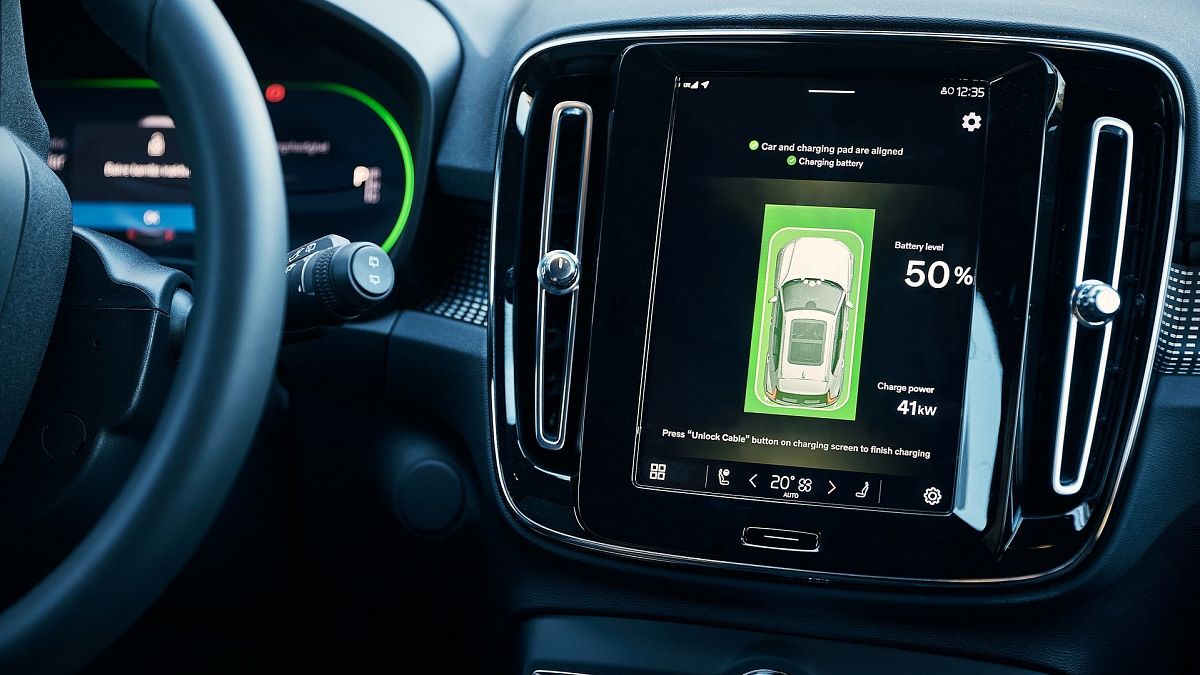

In an inspiring fusion of technological innovation and deeply rooted cultural traditions, recent developments around the globe reflect a harmonious balance between advancement and heritage. From Sweden to the Philippines, and extending into the realms of space and medical research, each story offers a glimpse into an exciting future grounded in respect for the past.
In Gothenburg, Sweden, a project by Volvo has been quietly revolutionizing the way electric vehicles charge. Utilizing technology akin to an oversized wireless phone charger, Volvo introduced wireless charging stations tailored for electric taxis. This endeavor, running since 2025, aims to simplify the recharging process, minimizing downtime and enhancing the overall efficiency of electric transportation. The technology works seamlessly, with taxis pulling up over a designated pad and receiving a charge without plugging in. This innovation could reshape urban transport, making it more sustainable and user-friendly.
Meanwhile, in an exciting development above the earth’s atmosphere, the International Space Station (ISS) recently broadened its global reach by welcoming astronauts from Poland, Hungary, and India for the first time. This milestone signifies a step towards international collaboration in space exploration, emphasizing shared goals and aspirations for humanity’s journey beyond the Earth. The ISS continues to serve as a beacon of cooperation, even as NASA plans to transition its operations to private ventures by 2030. This shift aims to nurture a new era of space exploration, encouraging diversified participation and innovation.
Back on Earth, in northern Luzon, Philippines, over 2,000 devotees gathered for an age-old mud ritual, walking in unity to celebrate a miraculous event from the days of World War II. Cloaked in mud and banana leaves, participants embarked on a pilgrimage to a nearby church, their steps echoing prayers for global peace. This ritual serves as a poignant reminder of the power of tradition and the human spirit’s resilience and yearning for harmony, demonstrating how community practices can transcend generations, continually imparting hope and unity.
Adding to the technological tapestry, an innovative medical breakthrough emerges from China and Hong Kong, where scientists have developed swarms of miniature robots capable of addressing persistent sinus infections. These micro-robots, no wider than a human hair, have successfully navigated animal trials, showing promise in potentially providing relief to patients suffering from sinus ailments. The tiny robots are engineered to be blown out of the patient’s nose following treatment, offering a unique, minimally invasive approach to managing infections. While this novel technology holds vast potential, it also poses challenges, such as ensuring complete removal from the body and addressing public concerns regarding safety and privacy.
Together, these stories illustrate a world where innovation meets tradition, where scientific progress complements cultural heritage, and where new technologies can improve daily life while maintaining respect for age-old practices. Each development, nuanced and encouraging, invites reflection on our shared future and the diverse paths leading humanity forward. This harmonious balance between progress and preservation invites us to embrace the changes ahead with optimism, compassion, and a deep-seated appreciation for the diverse tapestry of human experience.
Source: {link}
